The displacer type liquid level measuring instrument is not a float as such, for the displacer is heavier than the process fluid and the displacer moves very little during changes in tank level (a definite advantage over other float types).
According to Archimedes’s law (illustrated in the figure below), the apparent weight of the displacer when immersed in a liquid, is its nominal weight in air minus the weight of the displaced liquid.
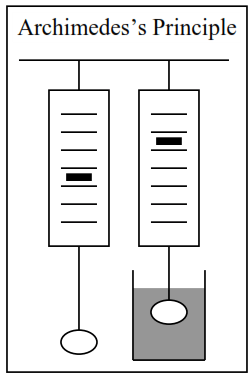
The weight of the displacer will thus vary linearly from its weight in air (when the tank is empty) to its apparent weight when fully immersed in the liquid (when the tank is full). The weight of the displacer acting on the torque arm, will cause an angular displacement of the free end of the flexible torque tube and this movement will be used to measure the level.
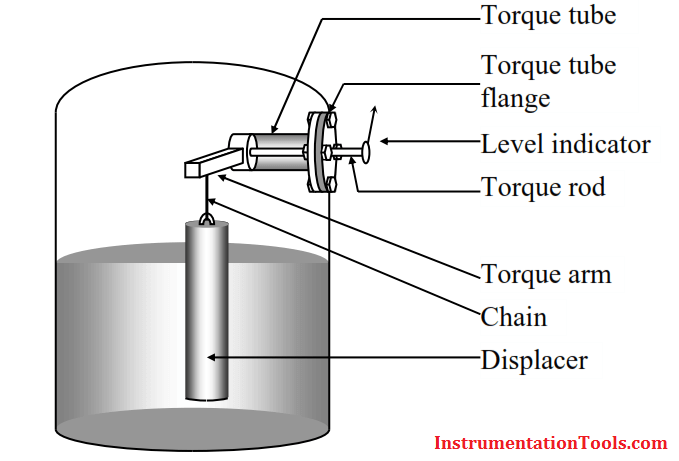
This instrument may also be fitted in a separate measuring chamber, fitted to the main vessel.
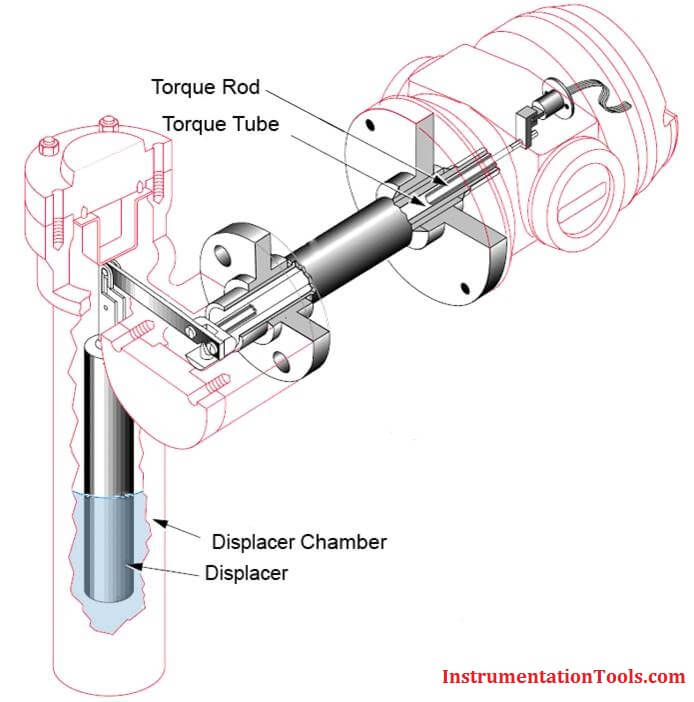
Advantages
Both floats and displacers work well with clean liquids and are accurate and adaptable to wide variations in fluid densities.
Disadvantages
Displacers are affected by changes in product density.
Because the displacer is immersed in the process fluid it will be vulnerable to particulate deposition.This will change the displacer mass and the effective displacement causing a calibration shift.
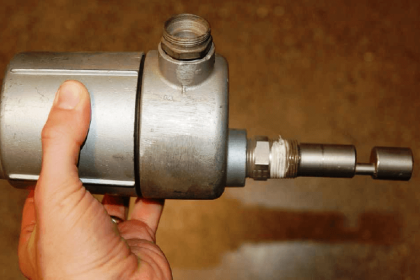
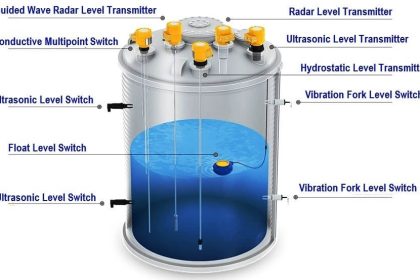
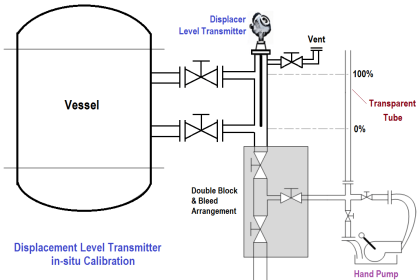
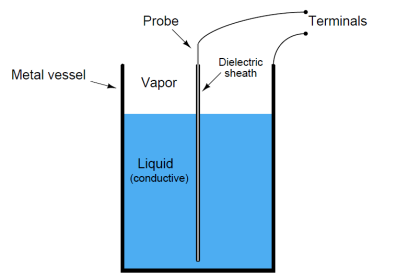
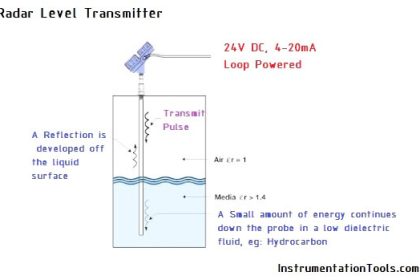
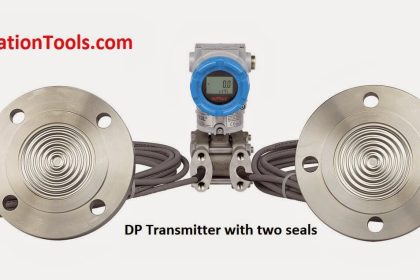
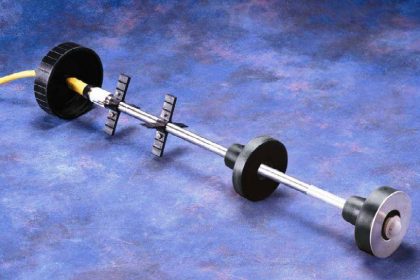
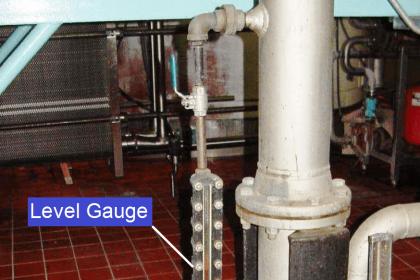
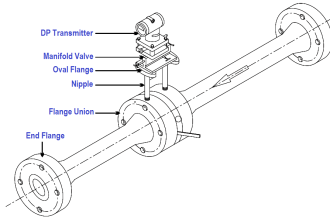
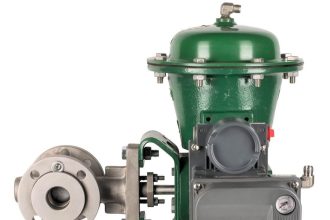
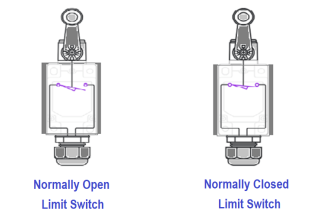
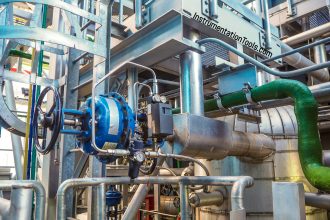

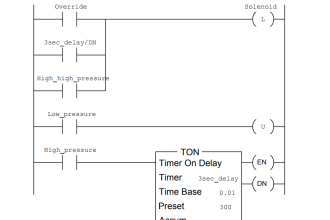
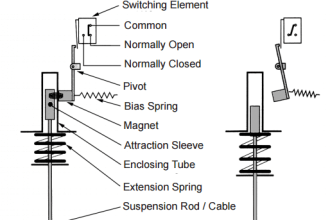
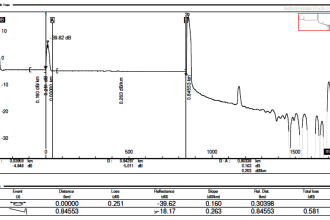

please send the above topics to my mail
Why? The information is above. Do it yourself.
Excellent
i would really like for a preventive maintenace plan for this type of level transmitters , thank you